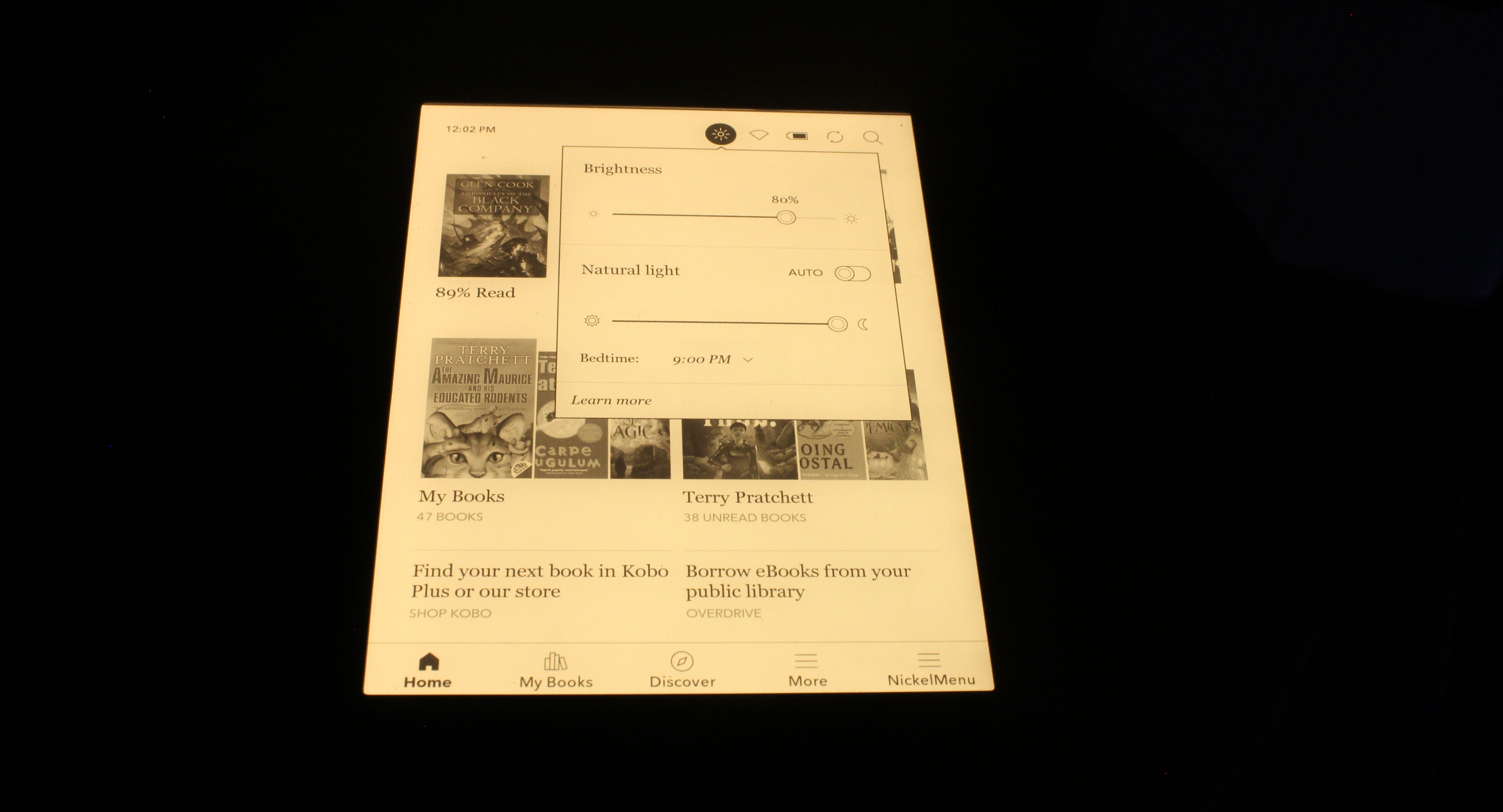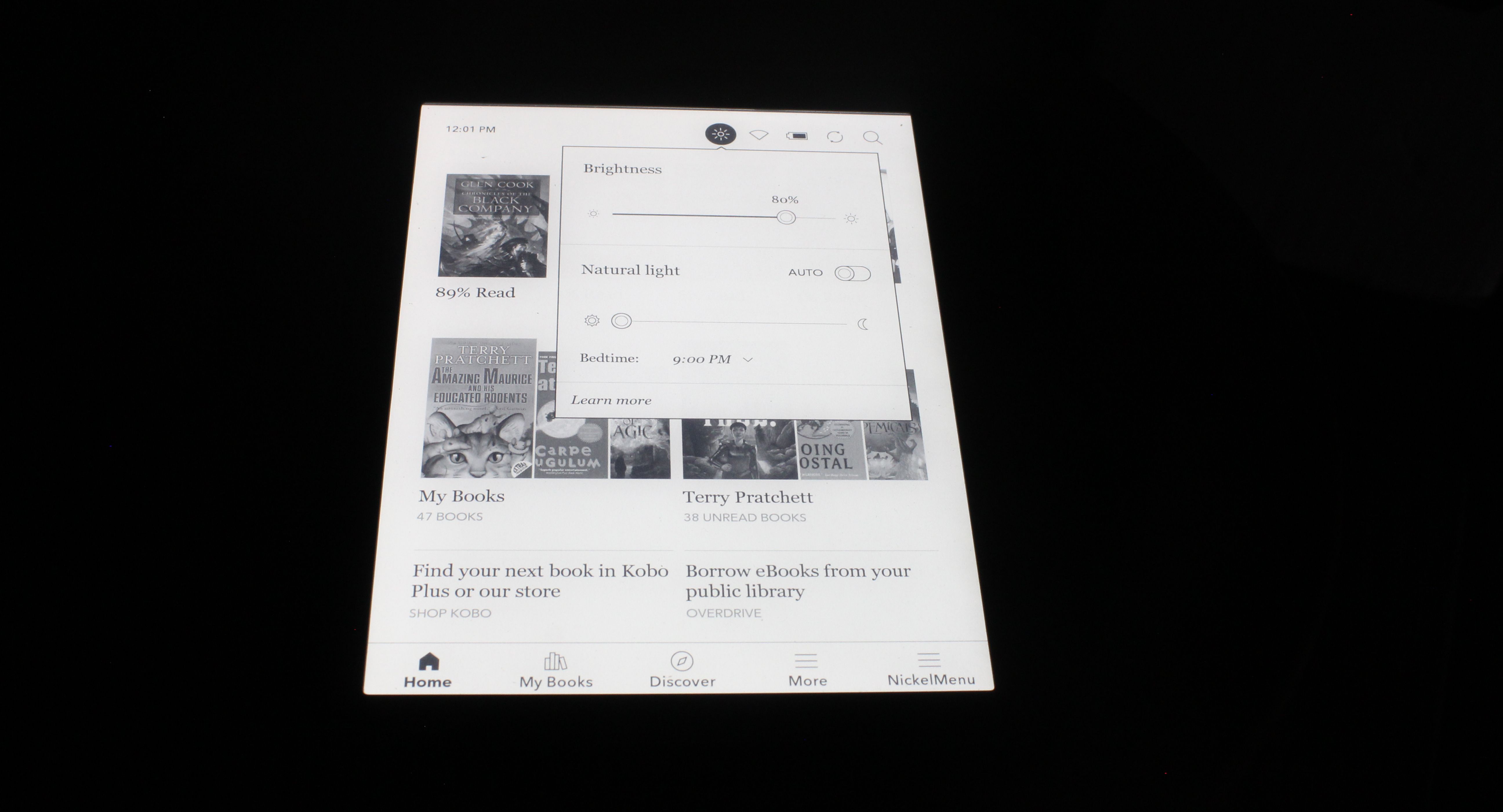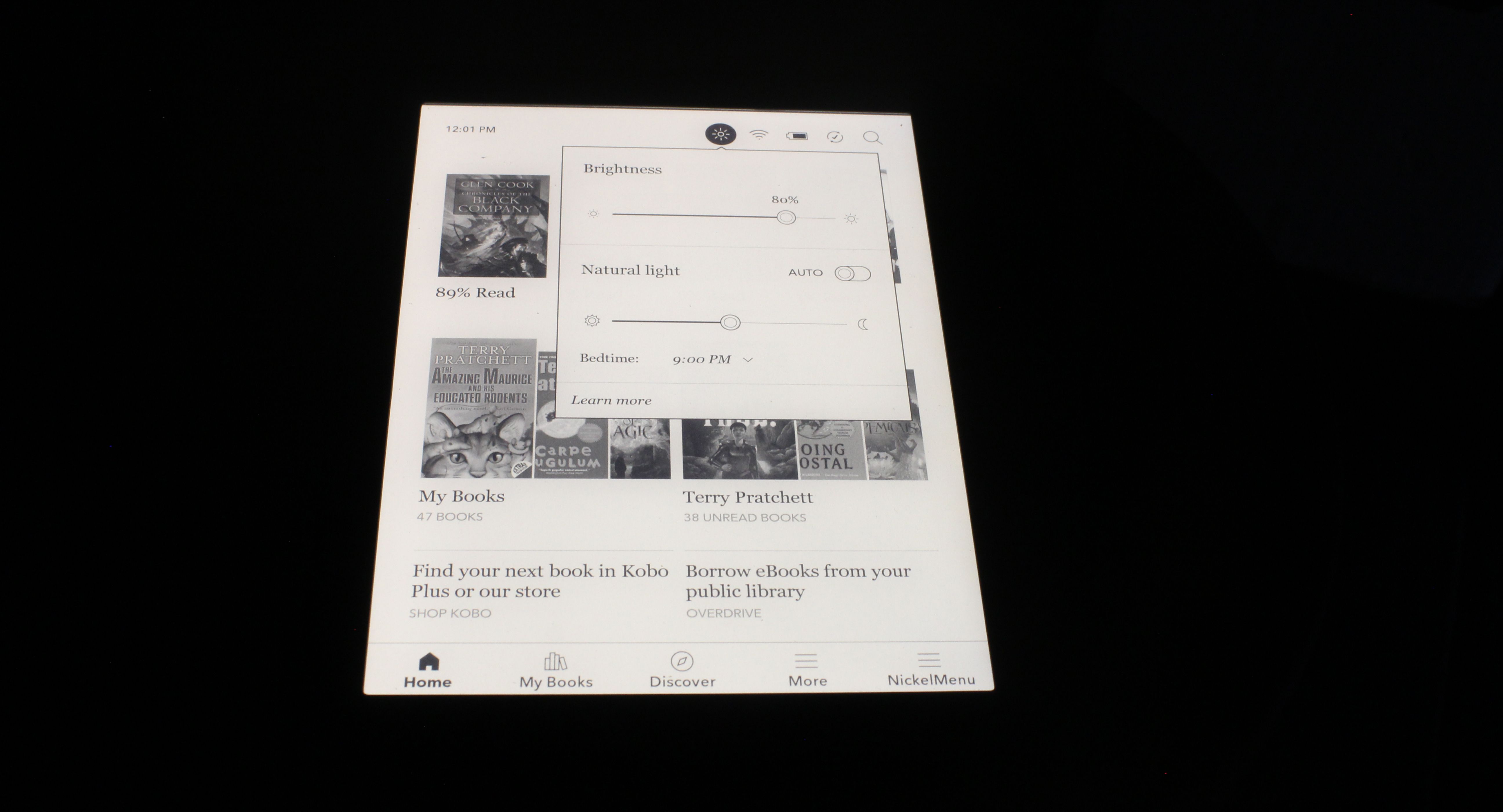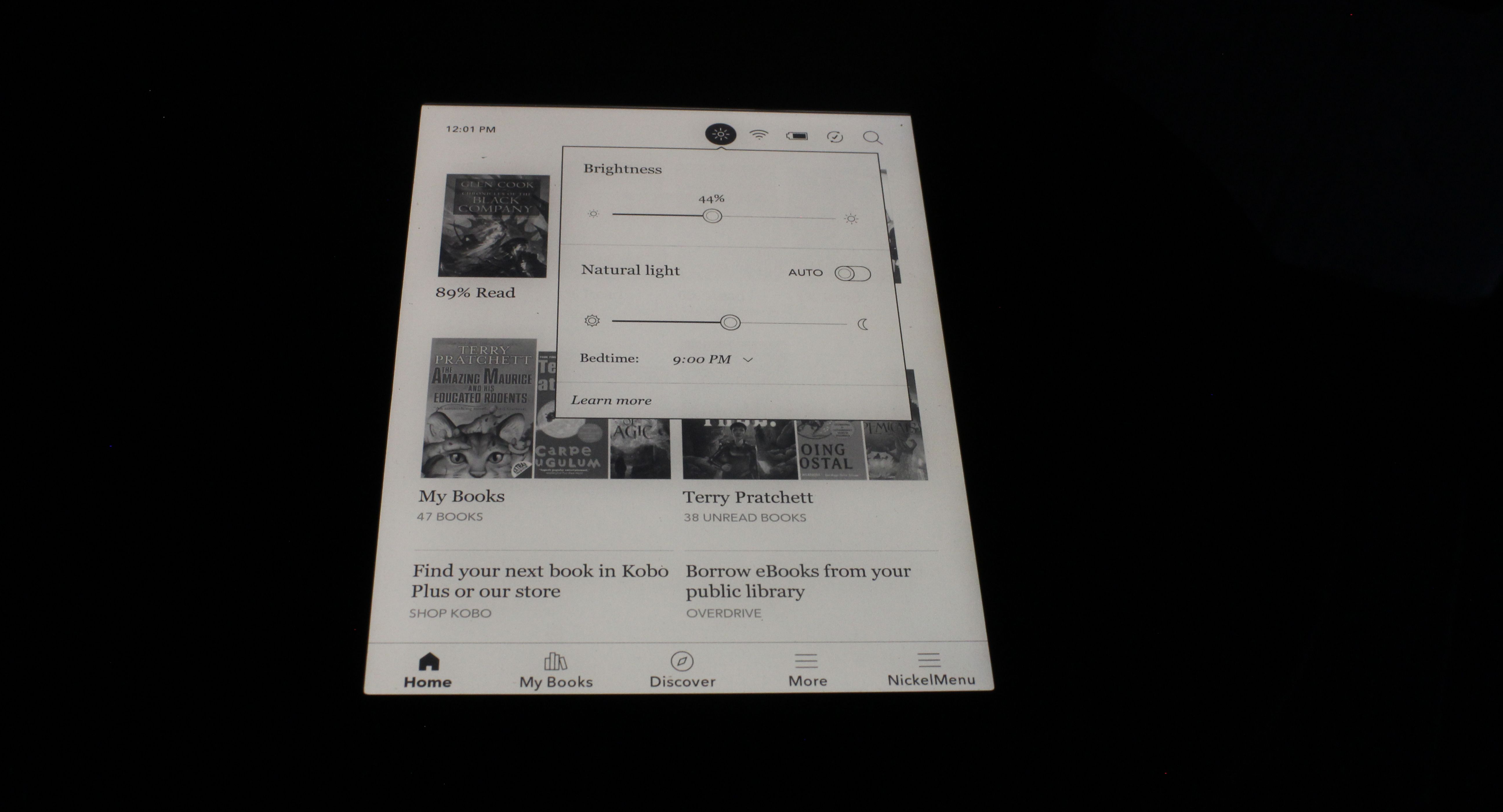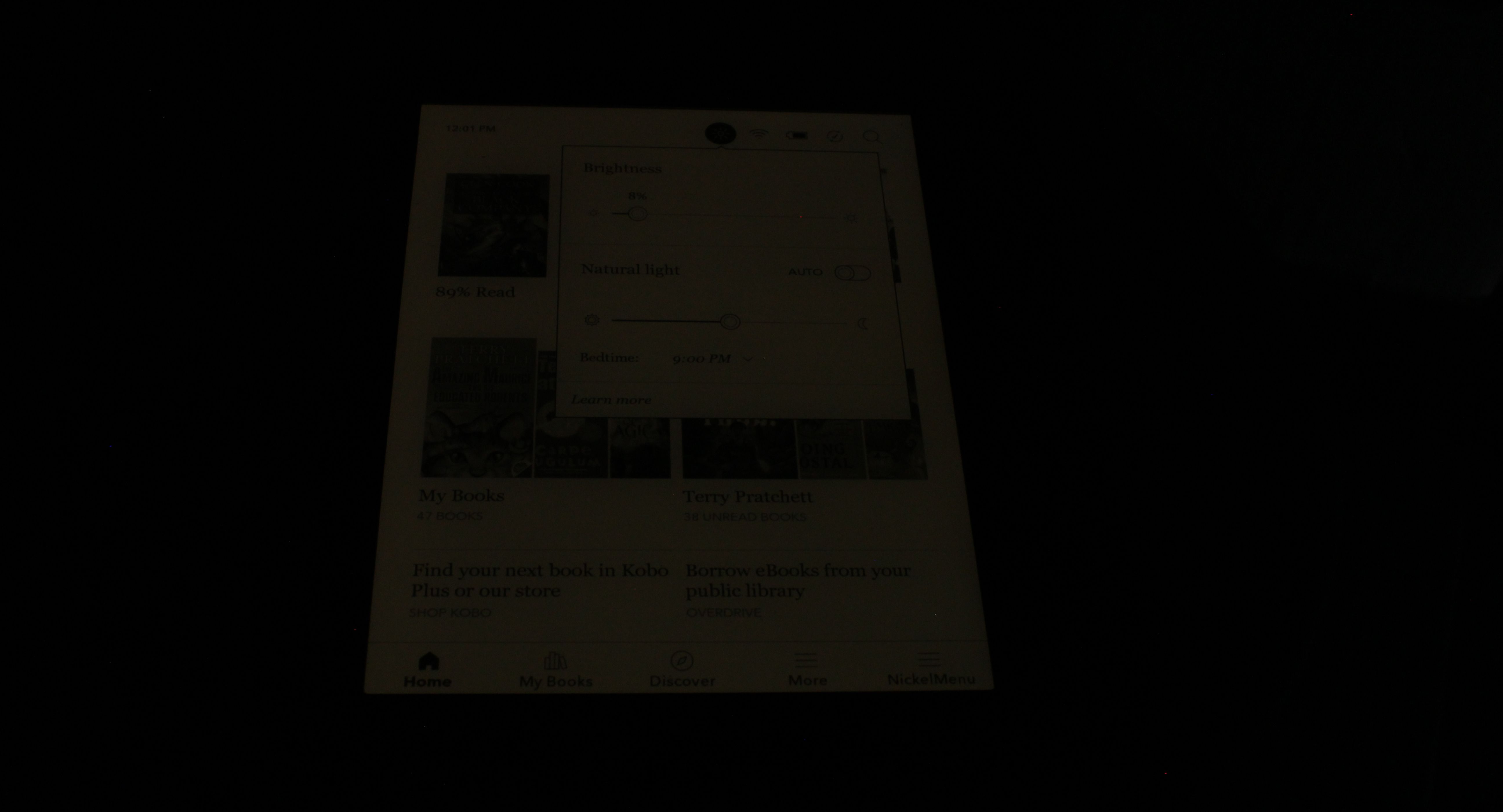Kobo Libra 2 review: Perfectly balanced e-reading
2024-03-03 / News / 9697 Sees / 0 Comments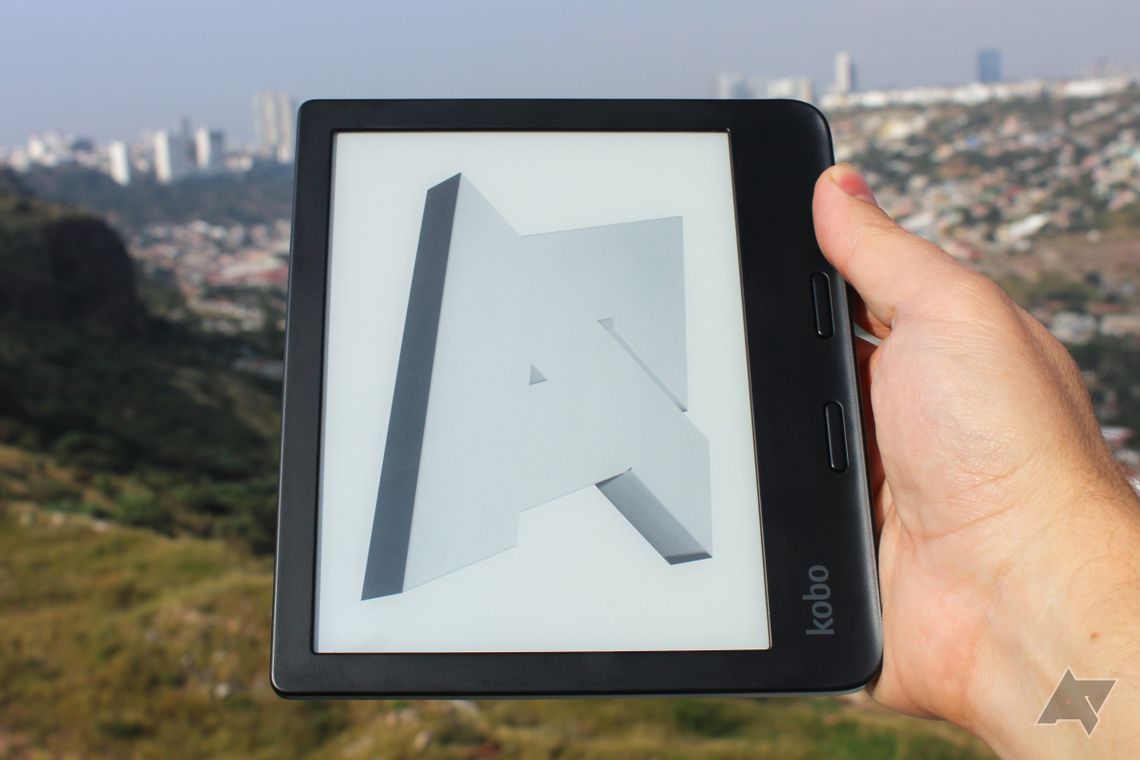
Rakuten's Kobo e-readers have been steadily building a reputation as a solid alternative to Amazon's Kindle devices, which enjoy a virtual monopoly over the e-reader market. Over the years, Kobo's business strategy has been to undercut Amazon's current offering. Such was the case with its first e-reader, priced $100 less than Amazon's second-generation Kindle (and prompted Amazon to price the Kindle Keyboard at $60 less than the Kobo), and it continues to be the case today with the Libra 2 competing in the same niche as the Kindle Oasis, just at a lower retail price.
But don't hold your breath waiting for Kobo to take out Kindle. Despite the allure of low prices and competitive hardware, Rakuten places its devices in the same walled garden as Amazon, though the metaphorical walls aren't quite so high. To Kobo's credit, it doesn't plaster its walls with advertisements you have to pay to get rid of.
With all that context out of the way, there's no question that the Libra 2 is a top-notch e-reader that deserves serious consideration from anyone looking for a compact device with modern features like audiobook playback and a waterproof shell. There are cheaper e-readers, but that lower price tag comes at the cost of features that mPrice, availability, and accessories
Affordable, readily available, and plenty of accessories to customize your look
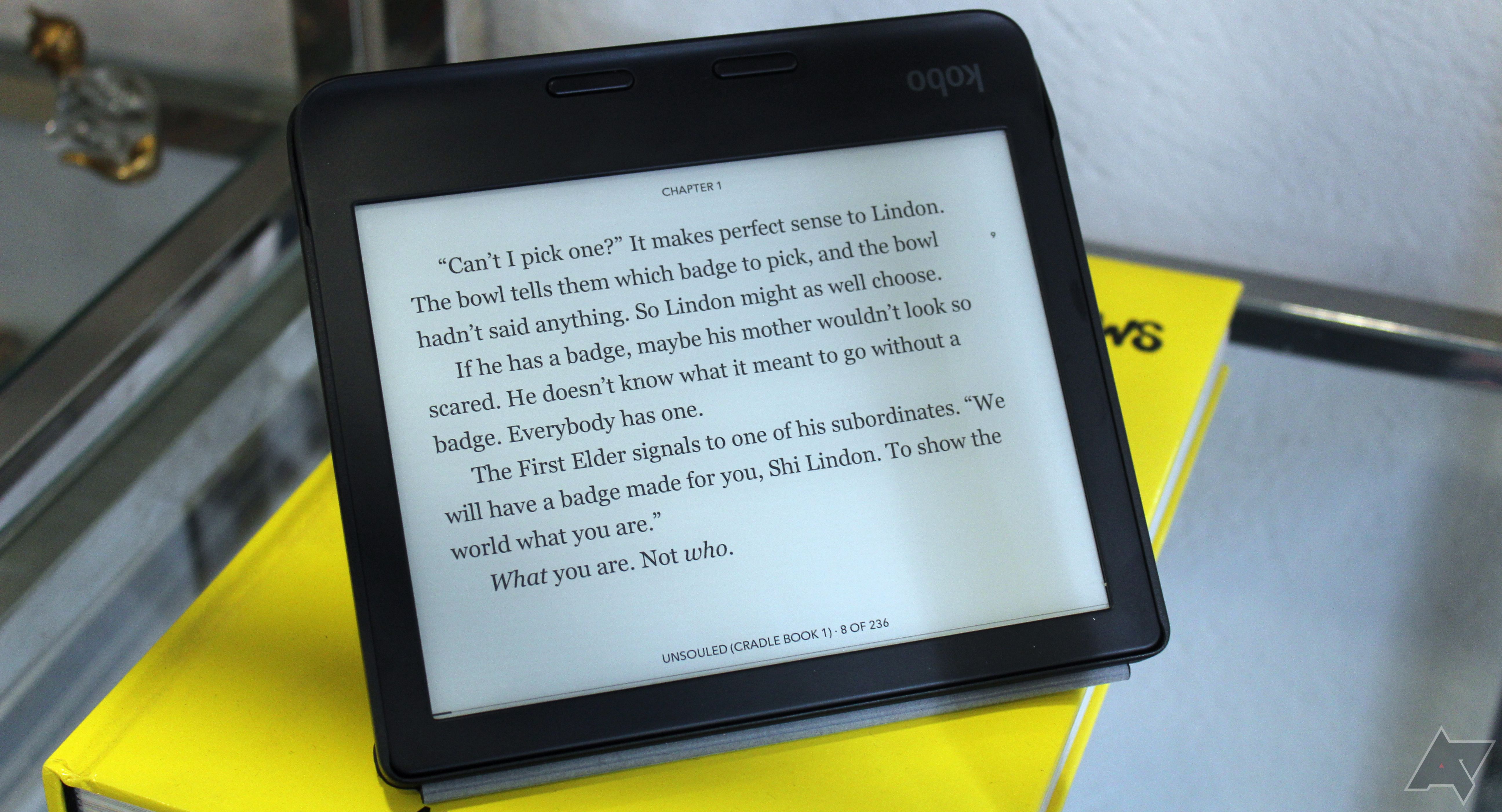
The Kobo Libra 2 is available for $190 from the Kobo store or Amazon with either a black or white body. It ships with a USB-A to USB-C cable and not much else. The absence of a power adapter isn't a big deal since you'll almost certainly be plugging into your computer to sideload some e-books unless you plan on shopping exclusively at the Kobo store. A branded 5V adapter is available (although any USB power adapter will work), as are magnetic-closing cases, which are offered in five different colors ($30 for the basic case, $40 for the one that folds into a stand). Amazon also sells both the first-party Kobo cases and a number of lower-priced third-party cases.
Specifications
Brand
Kobo
Screen
Carta 1200
Resolution
1264 x 1680
Storage
32GB
Connectivity
WiFi/Bluetooth
Front Light
Yes
OS
Kobo
Battery
1420mAh
Buttons
2 page-turn buttons
Weight
215g
Dimensions
144.6 x 161.6 x 9mm
CPU
1GHz
RAM
512MB
Document Formats
EPUB, EPUB3, FilePub, PDF, MOBI, TXT, HTML, RTF, CBZ, CBR
Image Formats
JPG, GIF, PNG, BMP, TIFF
Audio Formats
Kobo audiobooks
Battery Life
2 weeks
Screen Size
7"
Ports
USB-C
Design and hardware
The Kindle Oasis called and said it wants its side buttons back

The body of the Libra 2 is all plastic and is a bit over 5.5 inches by 6.3 inches (14.4 by 16.2 cm) and less than half an inch thick. The plastic doesn't feel like the fanciest material available, but it's well-built, doesn't flex, and only has a bit of give if you give it a firm press. On the right are two page-turn buttons and a flared edge that neatly fits the contour of your thumb. On the right edge is a USB-C port used for charging and data transfer. The back includes a checkered texture and a power button behind the top-left corner that's easy to access.
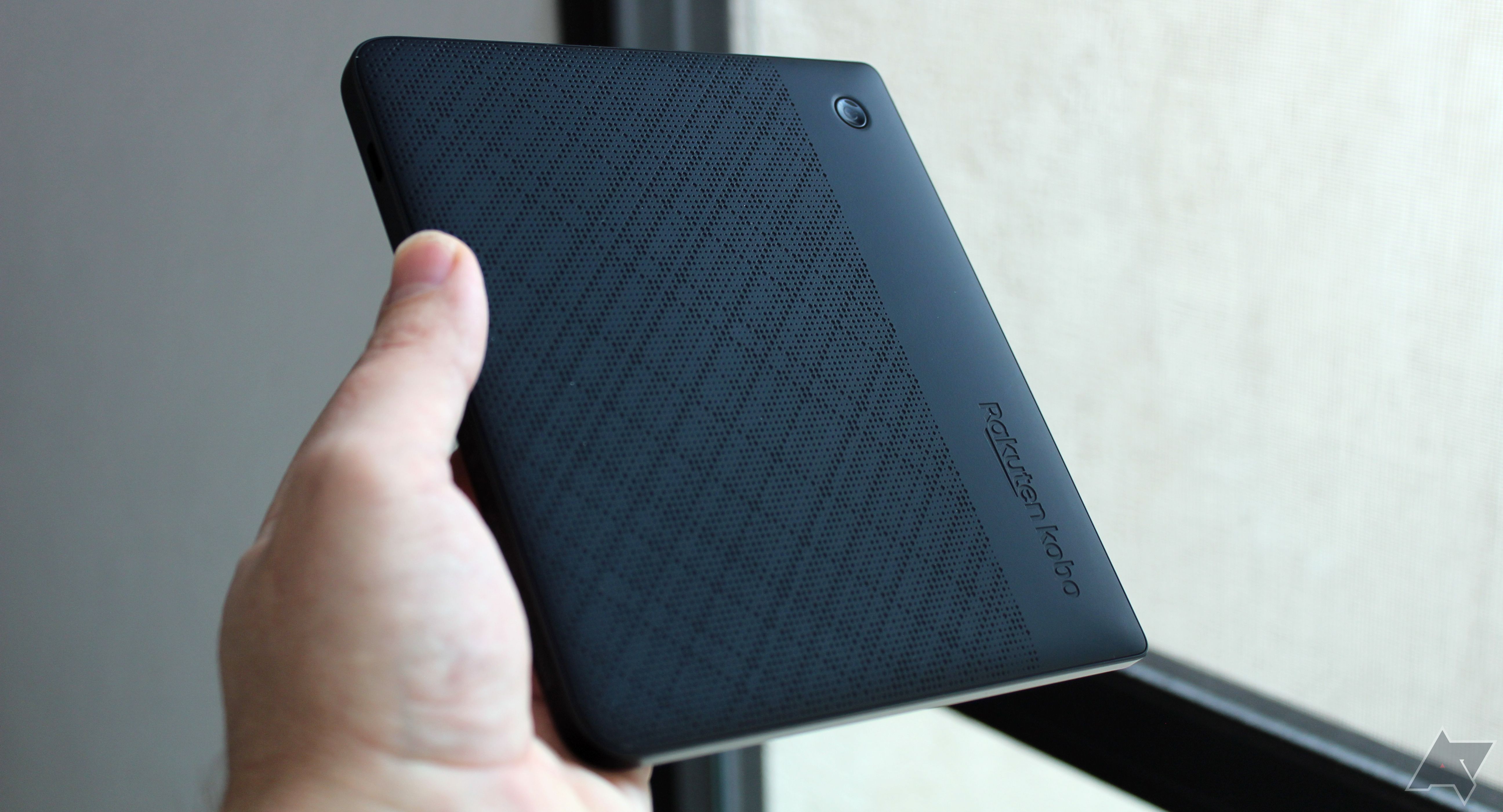
Inside the Libra 2, you get an unremarkable, single-core, i.MX6 SLL 1GHz processor (which Kobo's been using since 2017) and 512MB of RAM. The lackluster hardware isn't too concerning since the Libra 2 isn't intended for more than reading or listening to audiobooks, so you won't really notice the lack of horsepower. Internal storage is 32 GB, but there's no expandable storage here. You can connect to the internet via Wi-Fi; Bluetooth is available, so you can connect with speakers or headphones. Sadly, there is no physical headphone jack or external speakers, so Bluetooth will have to be used for all audio.
The 7-inch, backlit, capacitive touchscreen display is an E Ink Carta 1200 with 300ppi, and a resolution of 1264×1680, and the whole thing is waterproofed with an IPX8 rating, which means you can read by the pool without worry if you end up dunking the device.
I really like the way the Libra 2 feels. It's not too heavy to hold one-handed, but I'm not afraid I will break it if I drop it, either. The flared edge is a wonderfully subtle detail I wish more devices would embrace. I'm not thrilled about the tactility of the page-turn buttons, but they're not mushy, and the response from the Libra 2 is snappy. I also low-key love the front light. Reading in low light or even the dark is just as comfortable as reading in direct sunlight.
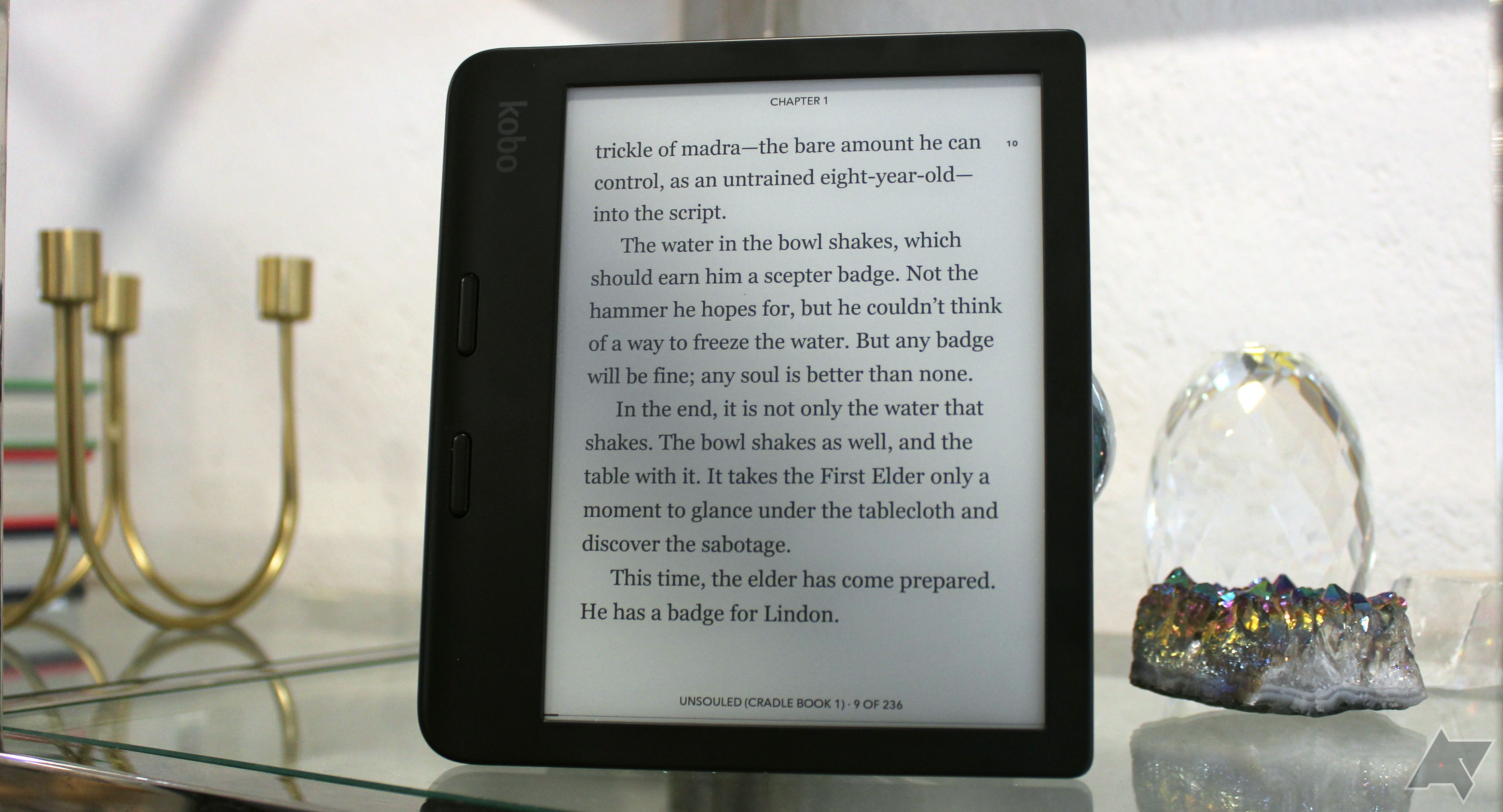
Display
More than good enough at seven inches
The E Ink display on the Kobo Libra 2 looks really good. The contrast is sharp, and the 300ppi 1264×1680 resolution means no discernible pixelation. The typefaces (of which there are 14) are all crisp, and visual media (like manga) look true to the source material with virtually no loss in quality. Having said that, I do think that 7 inches is too small to properly enjoy even the small format of a manga, and it's definitely too small to enjoy a full-sized comic book, but if all you're interested in is text-based reading like novels or textbooks, the Libra 2 is more than big enough.

Like all electrophoretic displays, the Libra 2 suffers from ghosting, but it's never so bad that it gets in the way of reading a book. By default, it's set to refresh the screen after every chapter, but you can change it to refresh anywhere between every ten pages or every page turn. Where ghosting shows up the most is typing (which is surprisingly fluid on the Libra 2) and adjusting the device's settings sliders.
The two features that set the Libra 2's display apart for me are its automatic screen rotation and backlight. The internal gyroscope can be overzealous, but it quickly corrects itself. The device works flawlessly with the buttons on the bottom or the sides and even on top if you use a case with a built-in prop. I tend to pace when I read, so being able to switch hands on the fly was very welcome.
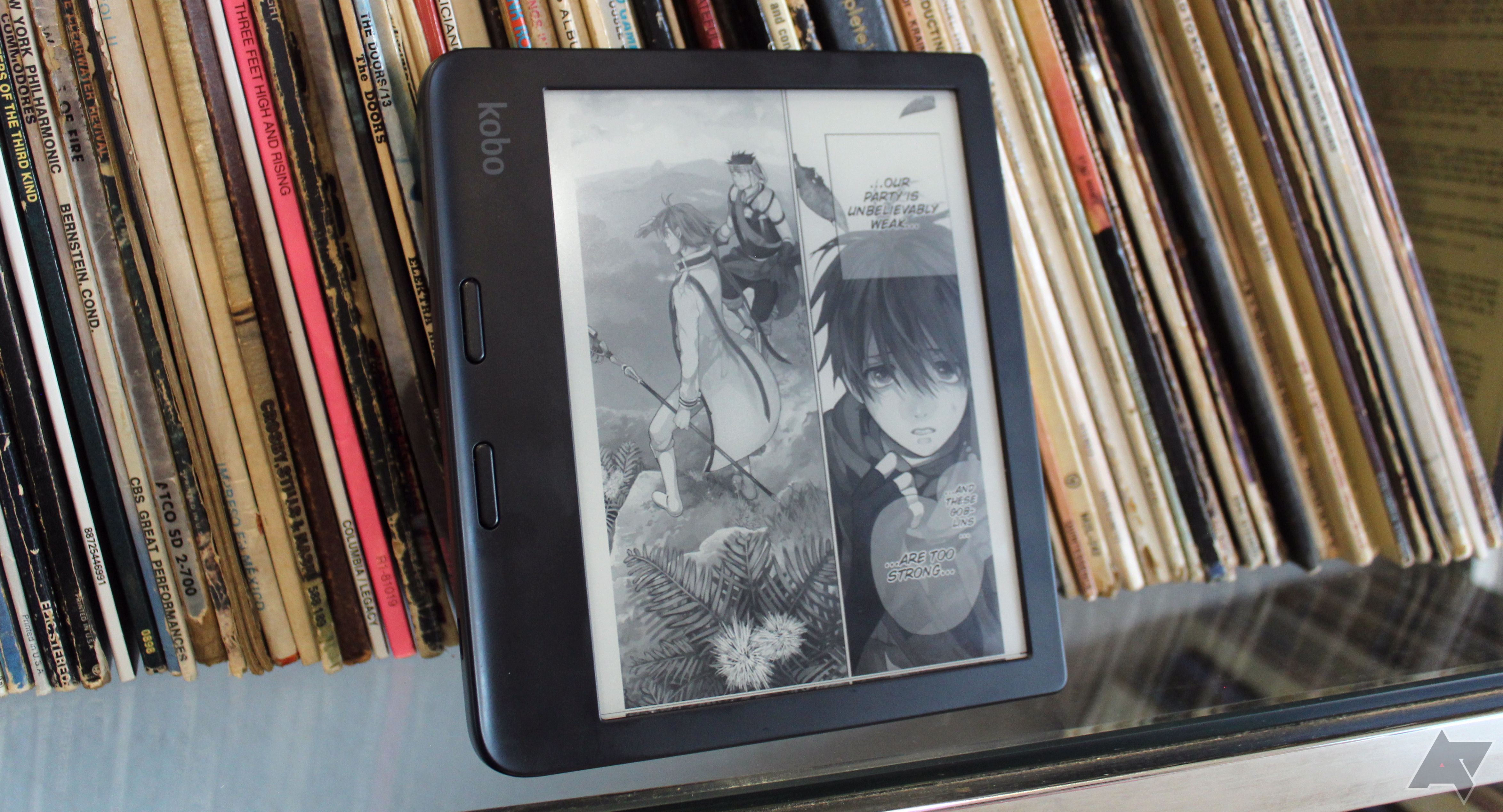
The front light is unobtrusive and offers an even glow across the screen, with no ambient occlusion at the corners or edges. You can adjust both the intensity of the brightness and its color. Full-night mode has an orange cast, and full-day mode has a tinge of blue in it, so I prefer it somewhere in the middle. There's also an option to let your Libra 2 adjust the light color throughout the day if that's your thing. I wouldn't say I like the feature because the earliest you can set your Kobo to switch to full night mode is 9 pm, and even then, I don't like the orange hue.
The Libra 2 does offer a dark mode, but it's only enabled for reading books, not the primary UI. Ghosting is also much more prominent when using dark mode.
Software
It is basic, but it gets the job done
The Kobo ecosystem has been around for over ten years, so it's very mature, and its core features (buying and reading books) work flawlessly. Out of the box, the Libra 2 is divided into four primary sections (although there are a few sideloading shenanigans you can do to extend its functionality).
The Home screen shows you the books you're currently reading at the top of the screen, along with information about how much you've read and how much is left to read. Below that are quick links to things like top picks, your saved Pocket articles, and recommended books and services. I don't get much value out of Kobo's recommendations, but I like seeing the books I have in my library and how much I've read.
Jump to My Books, and it contains all your current books on your device. You can organize it however you want, including by book, author, series, upload date, and file size. If you long press on a title, a modal menu will pop up with even more options. You can jump into any title by tapping the cover.
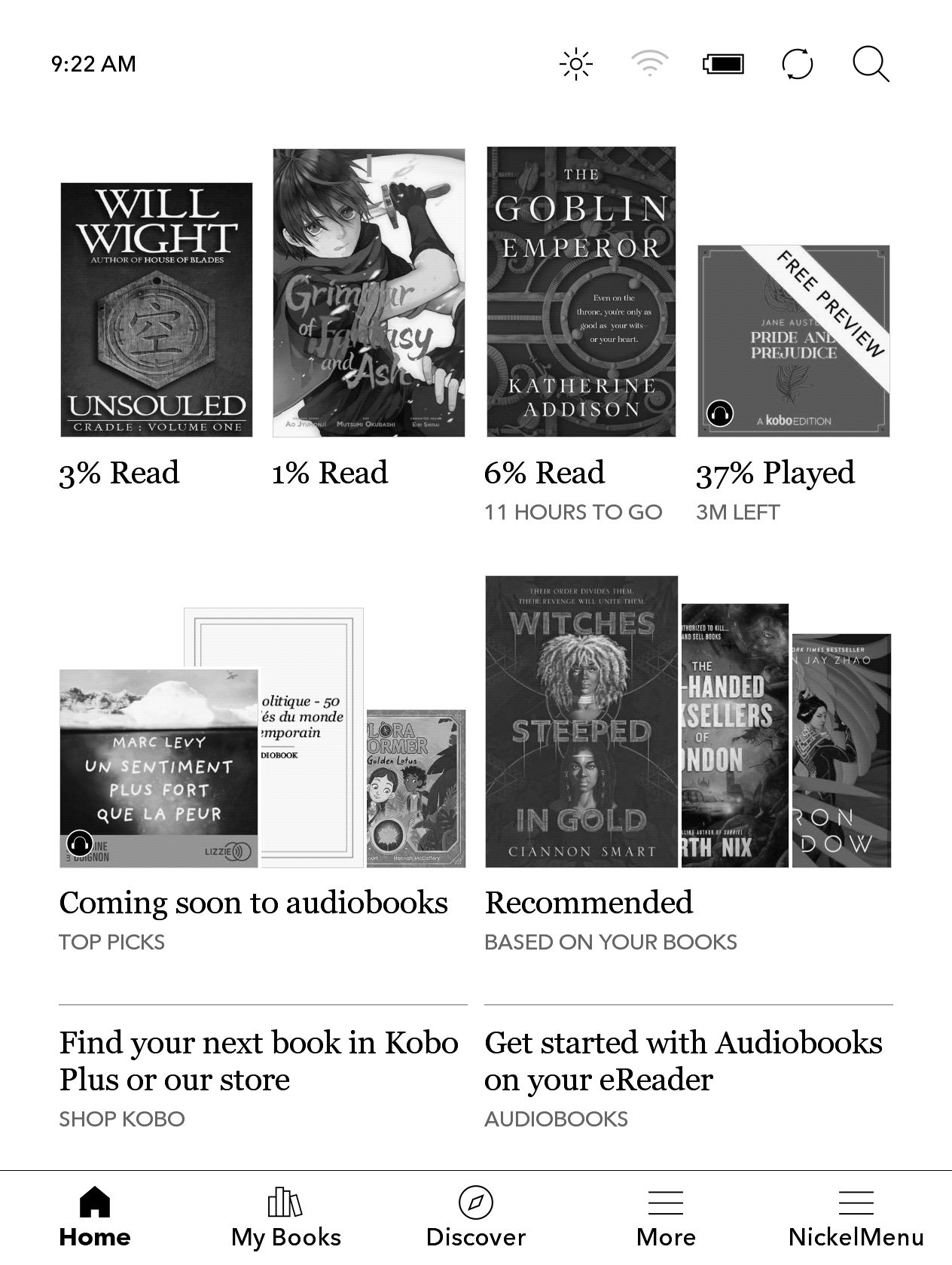
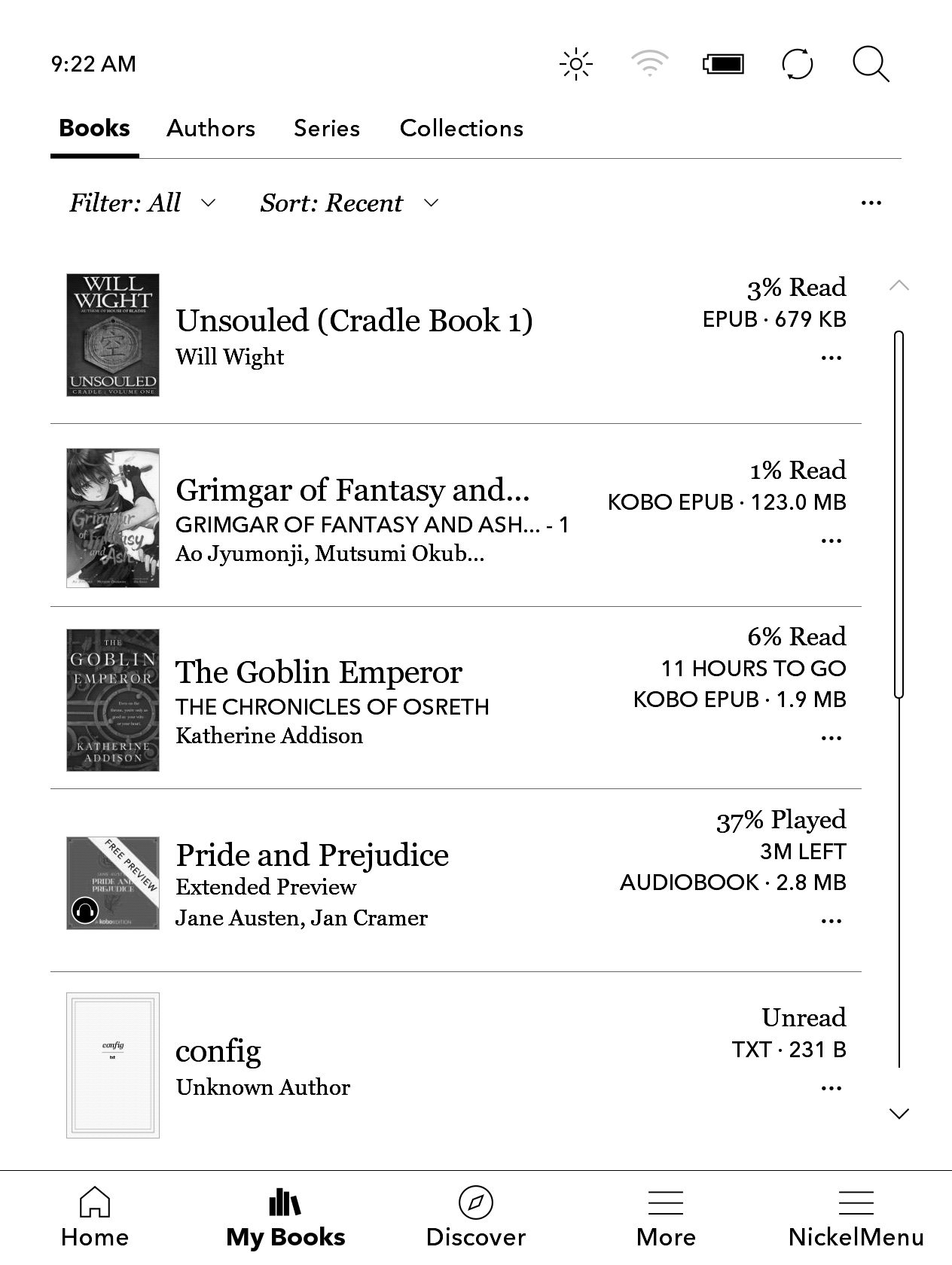
The Discover menu is your access to new content. The eBooks tab will show you recommended titles based on your reading history. Audiobooks gives you access to Kobo's library of audiobooks. If you're a member of Kobo Plus (Kobo's answer to Kindle Unlimited), you can use that tab to browse the Kobo Plus library. The OverDrive tab adds library access to your Libra 2, but only if you have a library card with a library that's a member of the OverDrive program. I wasn't impressed with Kobo's recommendations. It would be nice to be able to set some parameters to recommend genres and authors I like instead of seeing book-of-the-month selections and bodice rippers.
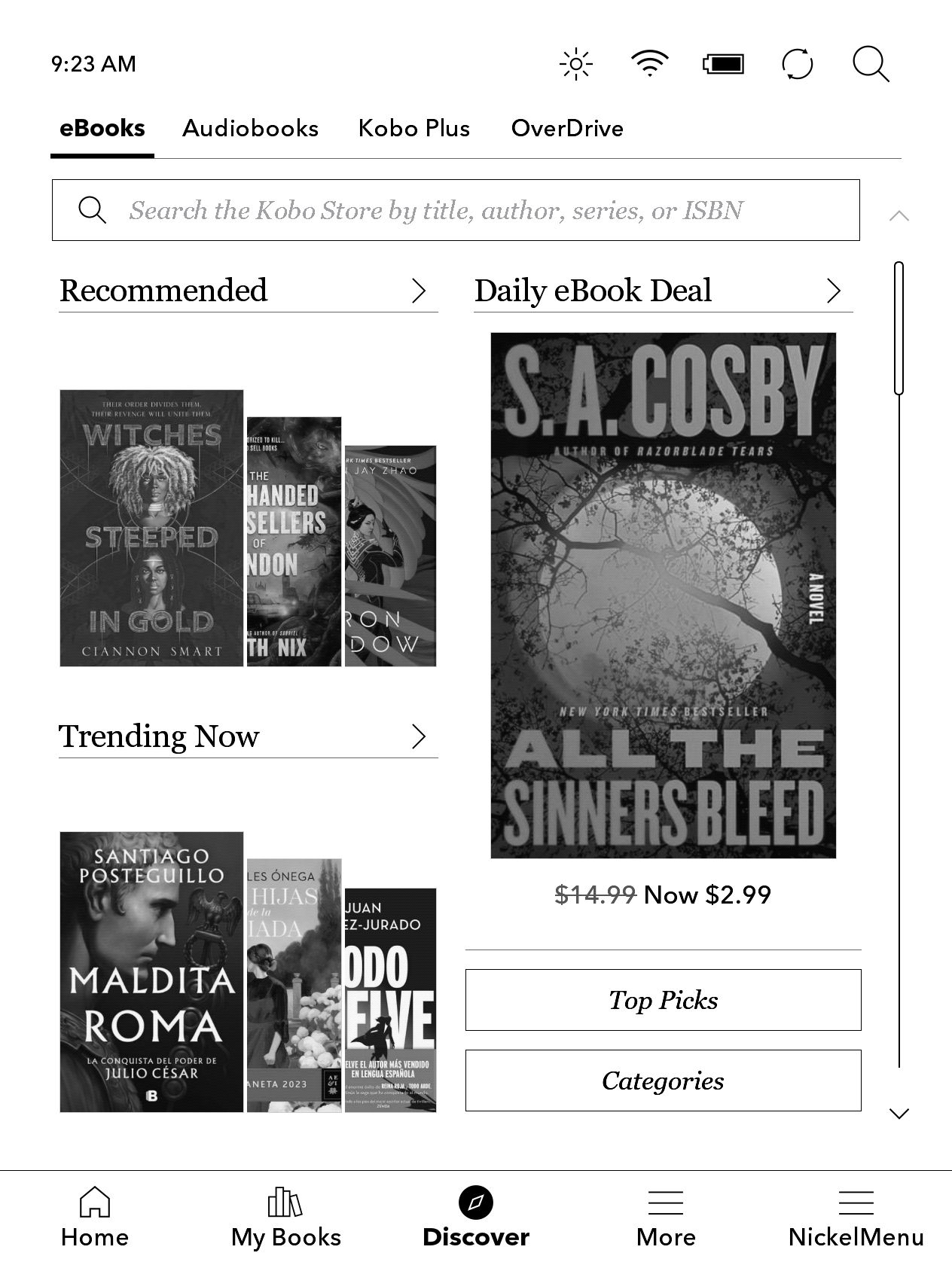
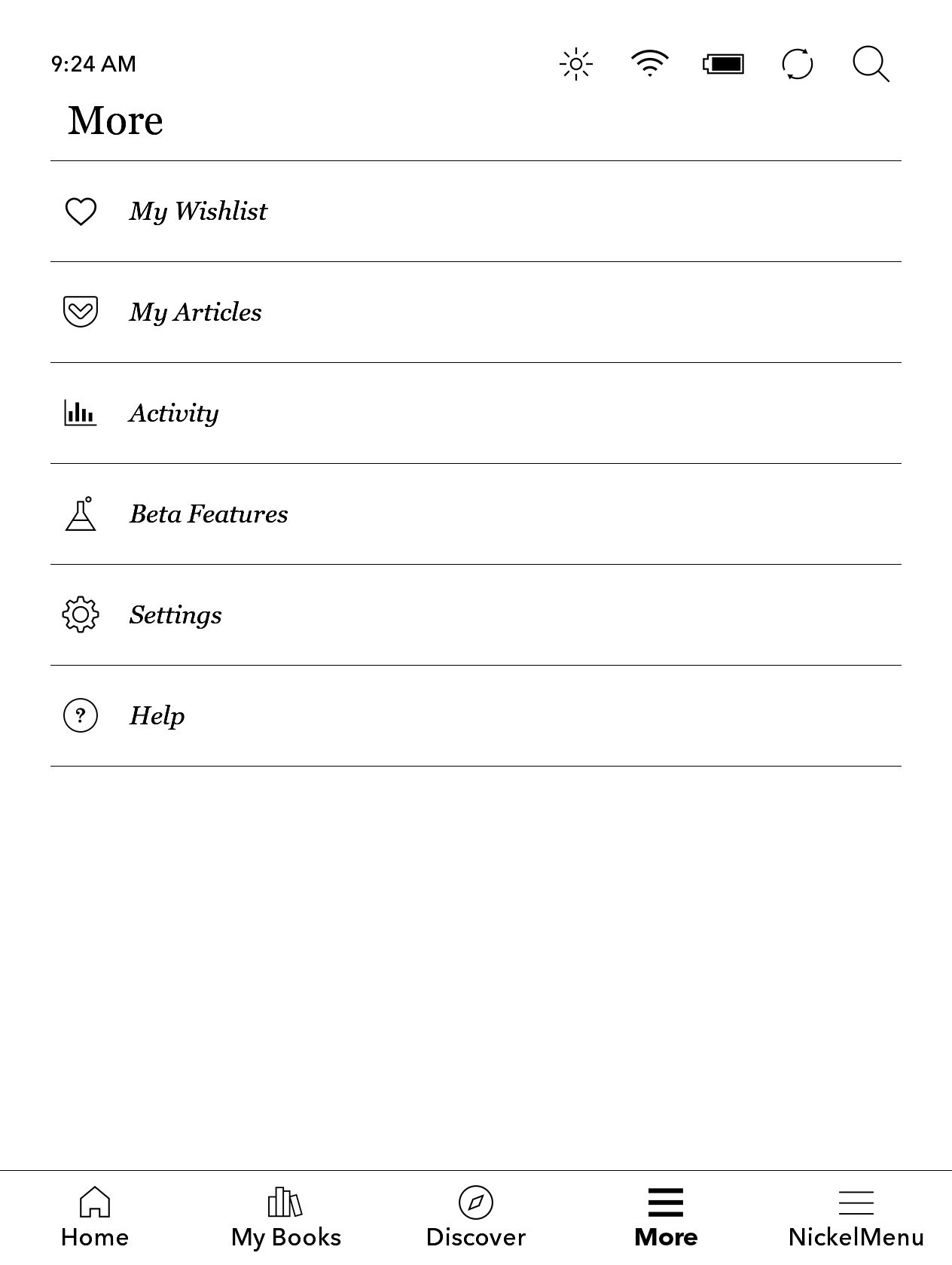
The More menu is where everything else is contained. You can access your Kobo wishlist and saved Pocket articles from here, check out your reading stats, and play with the beta features. Of the four current beta features, the Web Browser is horrible for web browsing but perfect for transferring books over from Calibre; Large Print Mode will change the size of the UI font as opposed to the in-book font; Sketch Pad is neat but very basic; and My Words will save all the words you've long pressed to look up while reading.


The reading experience is largely identical to using a Kindle. Tap the screen while in the reader to bring up the reader menu to adjust brightness, typefaces, font sizes, and other settings. One thing I found particularly useful was the gesture to adjust the brightness by swiping up or down on the left of the screen. I'd really like this functionality to be available from the UI as well, not just in the reading app.
I'm not a fan of audiobooks, but pairing my headphones and listening to a book was painless, and there were no issues with audio quality. The biggest drawback is that there's no easy way to sideload an audiobook outside the Kobo ecosystem. You can sideload MP3 files with a bit of trickery, but there's no official support for any audio format besides Kobo audiobooks.
Performance and battery
Don't let the specs fool you; this device performs well with battery to spare
For the most part, the hardware performance of the Kobo Libra 2 is acceptable, but given its underwhelming processor and miniscule RAM, there are some times when it moves a little slow. Typically, this manifests as occasionally having to wait for a second or two for a screen to change while hopping through menus instead of the fractions of a second it usually takes; it's definitely noticeable, but it doesn't negatively impact the experience of using the Libra 2 where it matters: changing pages is snappy and has never lagged for me; it's quick to respond to changes in orientation (but struggles a bit going between landscape and portrait); and changing the light intensity with the on-screen touch gesture is smooth and easy to control.
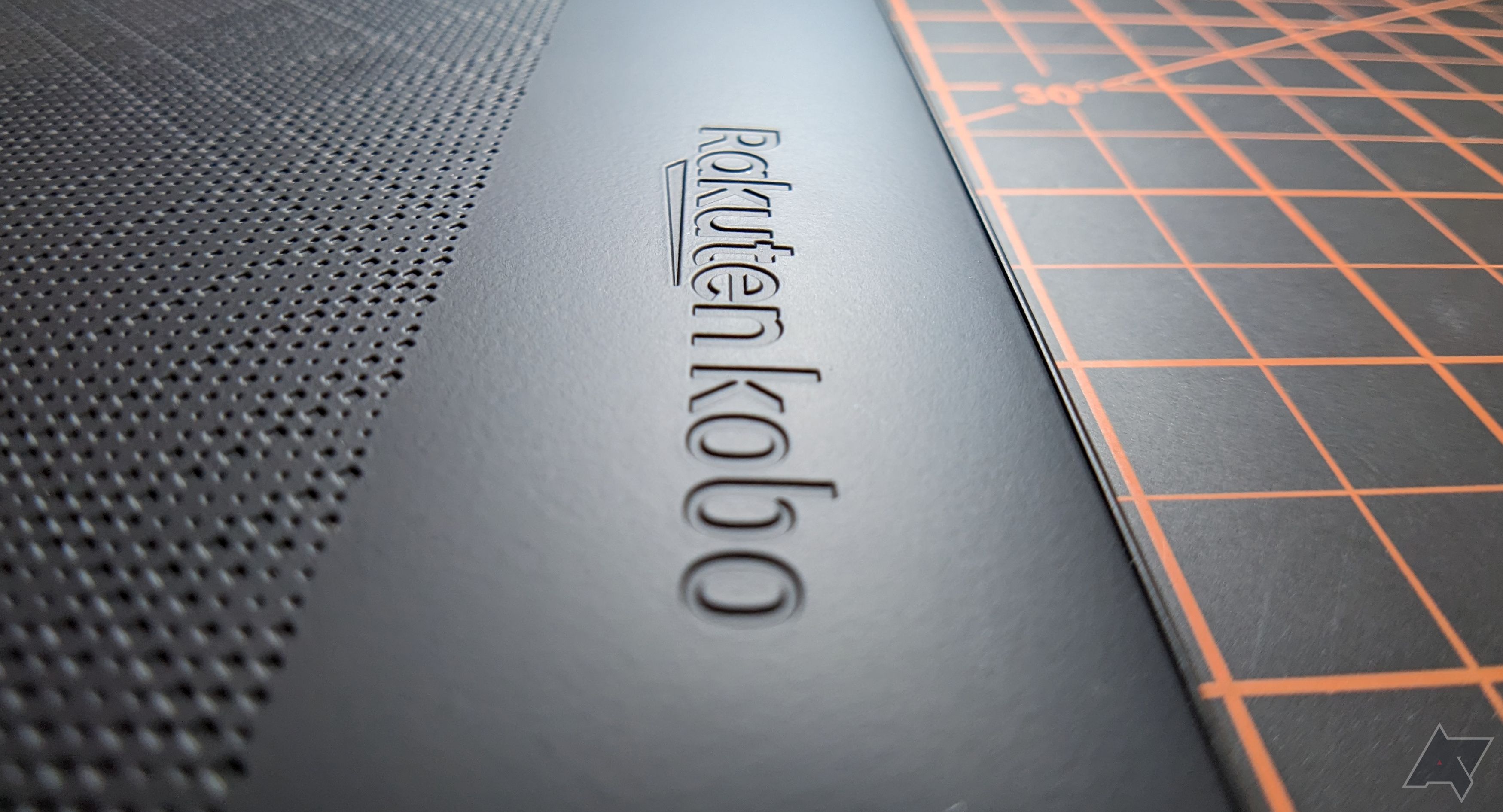
I'm especially happy with the battery on the Libra 2. With the backlight on and about an hour per day of use, I got three weeks of reading out of the 1420mAh battery before I needed to recharge it and recharging only takes about two hours to bring it back to full health. The Libra 2 comes with a USB-C to USB-A cable, but doesn't come with a power adapter, which would have been a nice touch. Thankfully, I have lots of USB power adapters lying around, so it wasn't an issue for me, although it might be for you.
Competition
Plenty to choose from if you know what you need
The Kobo Libra 2 is positioned in a very competitive niche, so if you're still on the fence about whether this is the e-reader for you, you should look at a few other options. The first is the Kindle Oasis. It has nearly all the same features as the Libra 2 but costs $250 for the 8GB version and $270 for the 32GB model.
Next is the Nook GlowLight 4 Plus, which costs $200, has a larger screen (7.8 inches), a headphone jack, but is only IPX7 rated. Finally, it's worth mentioning the Boox Nova Air2, which is slightly larger than the Libra 2 at 7.8 inches, has a much more powerful hardware profile, an Android operating system, and stylus support. The downside is the lack of waterproofing and the $370 price tag.
Should you buy it?

If you don't have a problem sideloading your books and don't care about your base ecosystem, the Kobo Libra 2 is the clear winner in this category. It costs about $80 less than the 32GB Kindle Oasis, and the lack of page-turn buttons puts the competing Nook at a clear disadvantage. If you want to do more than read and you want an open e-book ecosystem, you might be better served saving up for the Boox Nova Air2. However, if you want a lightweight, reliable e-reader, there's nothing better or cheaper than the Kobo Libra 2.
Ultimately, the Kobo Libra 2 is a solid device with everything you expect from a quality e-reader, like backlighting, page-turn buttons, and a crisp resolution. It also has IPX8 waterproofing, so you won't have to worry about splashing at the pool, beach, or bath. The fact that it does all this for less than $200 makes the Libra 2 hard to resist.
More about“”'s article.
All the articles are from the Internet._Copy or reprint, please indicate in the form of hyperlink from EINK news,Spectra,Gallery,Kaleido,Prism,Carta,Mobius,Aurora,SURF,JustTint,ESL,EPD,epaper,einkAPP. .
The original address《Kobo Libra 2 review: Perfectly balanced e-reading》
The original address《Kobo Libra 2 review: Perfectly balanced e-reading》
